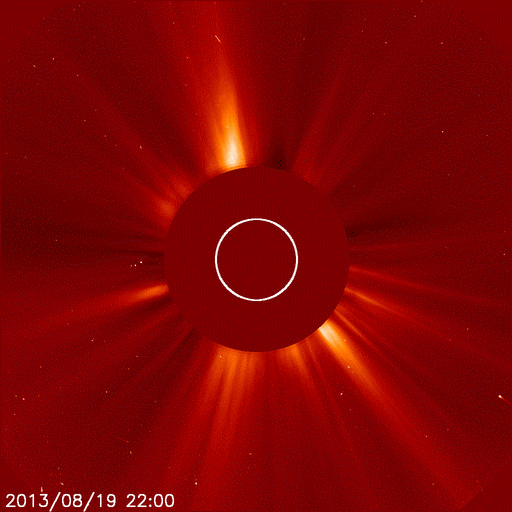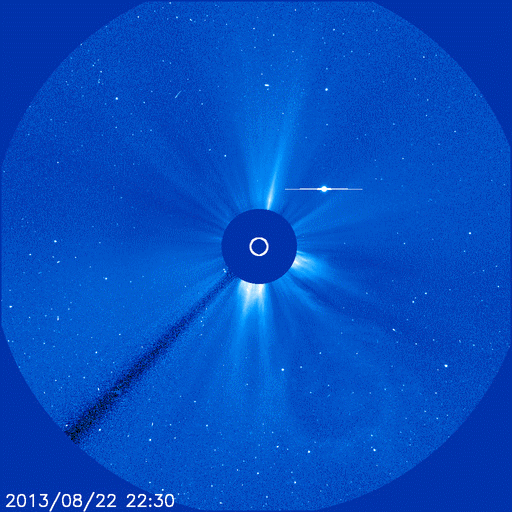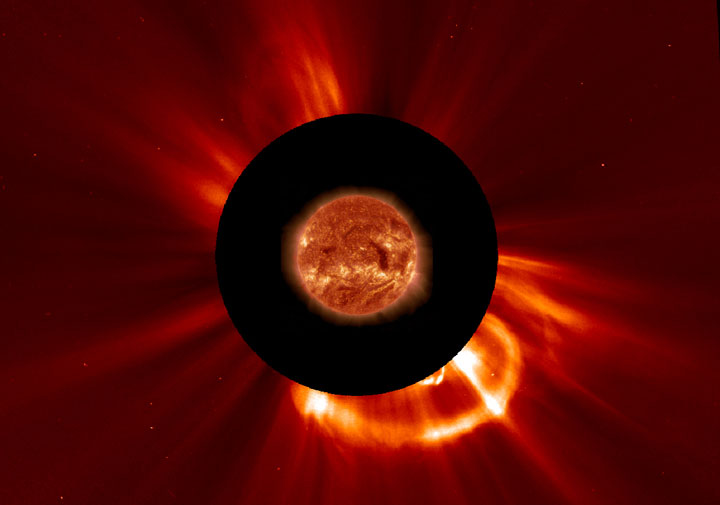TORONTO – A NASA satellite captured an ejection of particles from the sun — and a comet with a death wish.

A coronal mass ejection (CME) is a release of plasma and particles, can eject a billion tons of matter and travel at several million kilometres per hour.
Comets are often referred to as “dirty snowballs” because they are made up largely of ice and debris left over from the creation of our solar system.
In the video, captured on Aug. 20 to 21, the sun releases a CME. Shortly afterward, a comet can be seen in the lower right corner heading toward the sun, likely disintegrating.
At the same time it did that, it also captured a sun-diving comet. These types of comets are called Kreutz sungrazers and are believed to be pieces of a larger comet that broke up centuries ago.

But the sun wasn’t done: on Aug. 23, a second comet can be seen heading toward its demise as another, weaker CME is released.



Comments